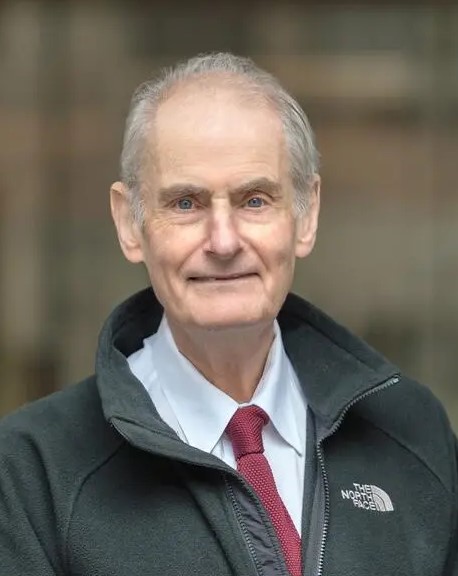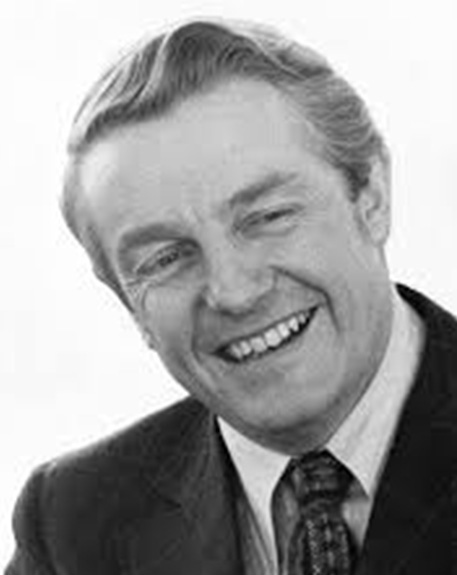2014 INDUCTEE Walter C. Mackenzie, MD Patient Care, Health and Medical Education & Training, Leadership in Organizational Development
August 17, 1909
(Glace Bay, Nova Scotia )
December 15, 1978
MD, Dalhousie University (1932)
1974: FNG Starr Medal, Canadian Medical Association
1970: Officer of the Order of Canada
See All AwardsAwards & Honours:
1974: FNG Starr Medal, Canadian Medical Association
1970: Officer of the Order of Canada
1970: Honorary Degree, University of Manitoba
1967: The Canadian Centennial Medal
1965: Honorary Degree, McGill University
1948: Fellow of the Royal College of Surgeons in Canada
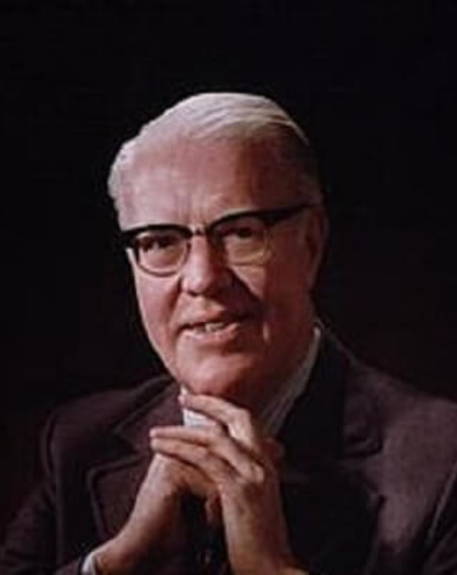
Fostered the concept of modern academic health centres
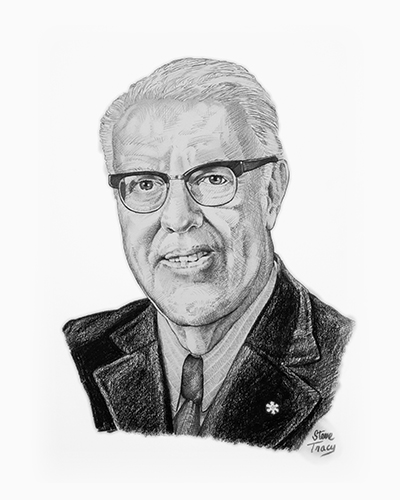
A builder of surgery programs in Canada and passionate advocate for scientific research in medicine
From instructor at the University of Alberta, Dr. Mackenzie rose to Professor and Chair of the Department of Surgery. In short order he established seven sub-specialty departments and implemented rigorous standards for the selection of staff, assessing soft skills alongside research achievements, not a typical approach in the early sixties. His influential, congenial and forward thinking style penetrated the spirit of the entire University of Alberta Faculty of Medicine as he built strong medicine and surgical programs and assumed tremendous leadership in medical education.
Key Facts
Completed his residency at the Royal Victoria Hospital, McGill University, where he worked alongside Dr. Norman Bethune
Served as president of 12 of the 25 medical organizations to which he belonged, including the Royal College of Physicians and Surgeons of Canada
Was the first Canadian to be President of the American College of Surgeons and the International College of Surgeons
Established numerous sub-specialties in plastic surgery, orthopedic surgery, urology, neurosurgery, ENT and cardiovascular surgery
Played an important role in developing the concept of the Alberta Heritage Foundation for Medical Research
Professional timeline
Impact on lives today
Today, the modern Walter C. Mackenzie Health Sciences Centre at the University of Alberta serves as an impressive reminder of Dr. Mackenzie’s advocacy of research in medical education and his commitment to make such research possible. His impact will long be felt by all those who trained in the programs he helped to establish as well as by those who promote research in medical schools.

2014
-
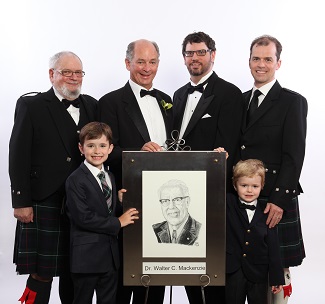
Walter C. Mackenzie posthumously inducted into the Canadian Medical Hall of Fame
Kingston, Ontario
-
One year after Dr. Mackenzie’s death, the Health Sciences Centre at the University of Alberta was named in his honour
-
Two projects spearheaded by Dr. Mackenzie, the Clinical Sciences Building and the Health Sciences Complex, opened
-
Dr. Mackenzie became Dean of the Faculty of Medicine from 1959 to 1974 and transformed the medical school through increased research funding and enhanced recruitment
Health and Medical Education & TrainingDuring his tenure as dean, the number of residency programs grew from 19 to 29 and the resident numbers increased from 44 to 250.
-
Dr. Mackenzie was named Chair of the Department of Surgery and remained in this position until 1959
Leadership in Organizational DevelopmentAs chair, he secured the funds to build the McEachern Cancer Research Lab, the faculty of medicine’s first research laboratory, and created the Surgical-Medical Research Institute.
-
Through the efforts of Dr. Mackenzie, a number of new residency training programs began in the Faculty of Medicine
Health and Medical Education & TrainingThis expansion included programs in General Surgery and Ophthalmology approved in 1949, obstetrics and gynecology in 1951 and internal medicine in 1957.
-

After the war, Dr. Mackenzie was appointed to the Faculty of Medicine at the University of Alberta
-
Having only opened a year before, Dr. Mackenzie’s surgical practice was interrupted by the outbreak of World War II
He joined the Royal Canadian Navy and was rapidly promoted to Surgeon-Commander. When the war ended, he had received a Star Medal, the CVSM Medal, War Medal, and a Defense Medal for his service to Canada.
-
After completing his BSc and MD from Dalhousie University, Dr. Mackenzie began surgery training at McGill
He then moved to the Mayo Clinic in 1933 to complete his MSc.
1933
To say that he was a truly gifted man is an understatement.

